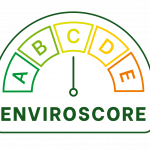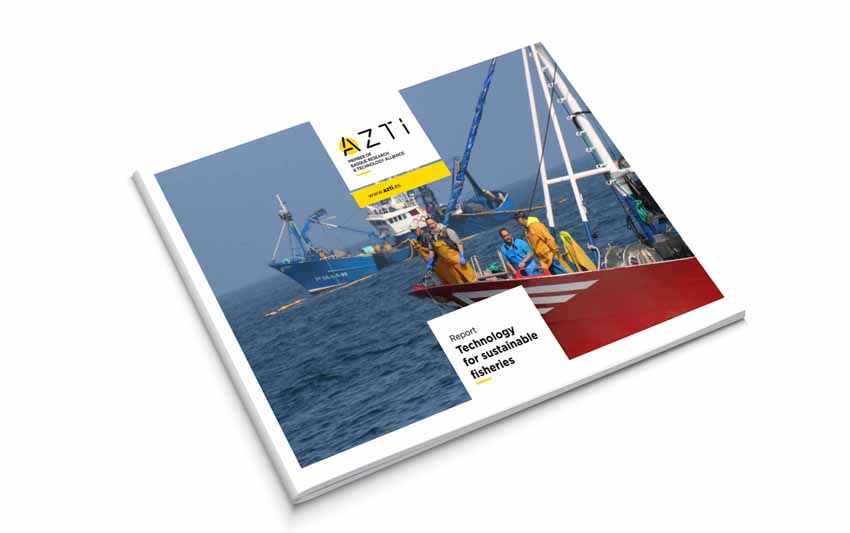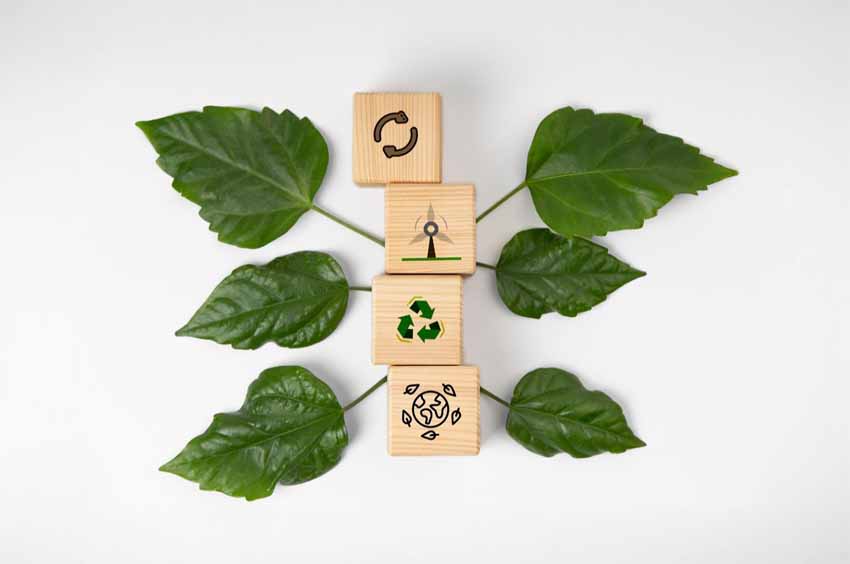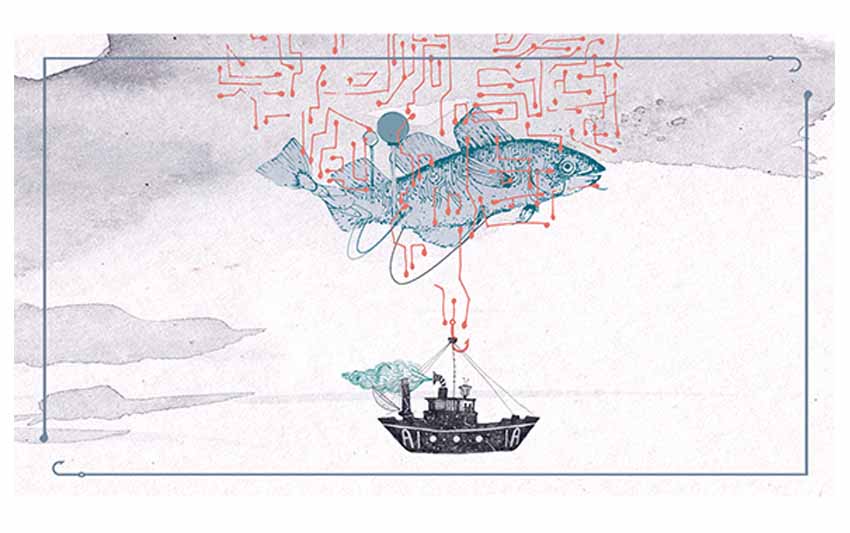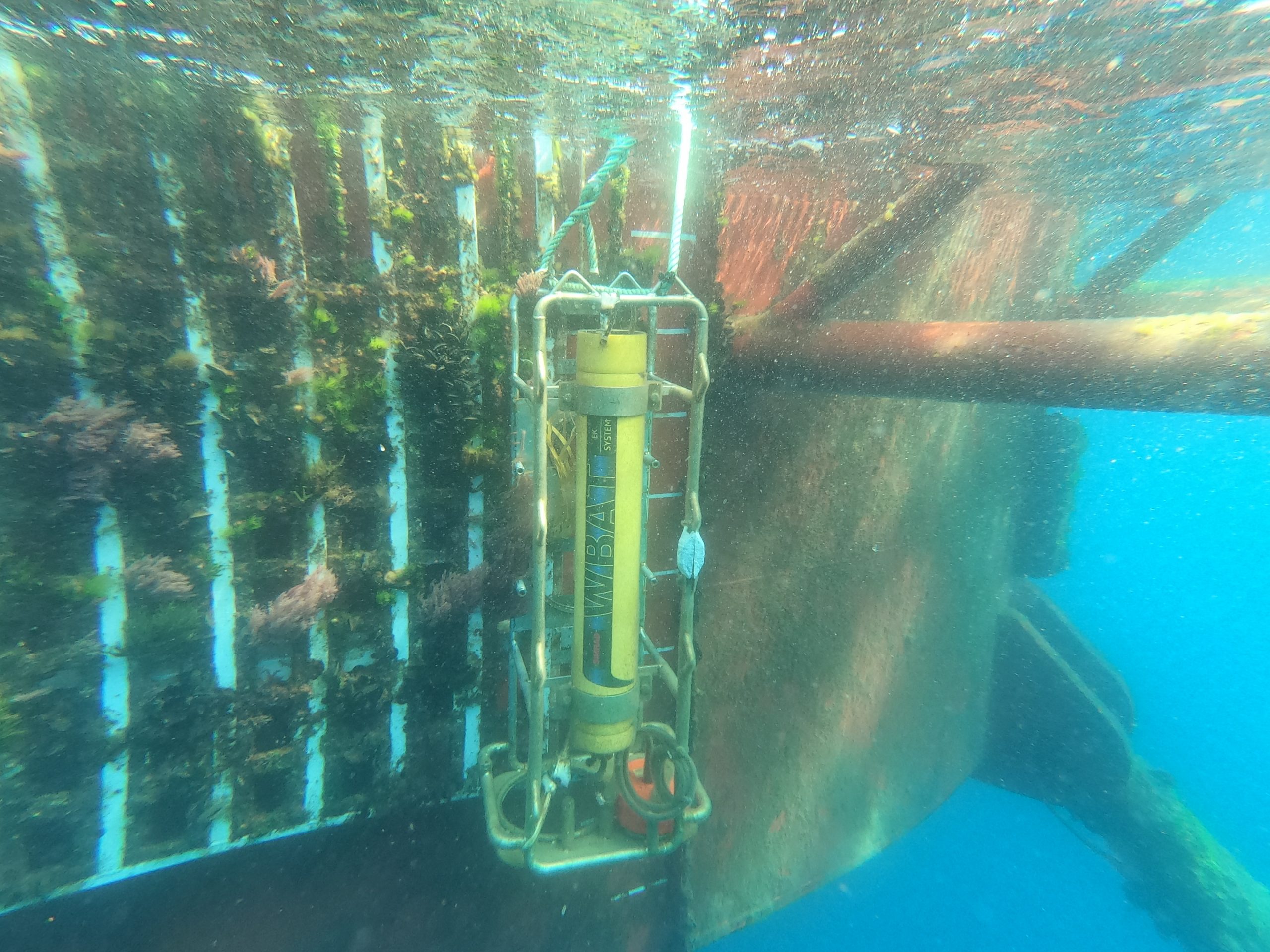Artomaña Txakoli Achieves the Best Enviroscore Category (A), as a Result of Its Environmental Commitment
Últimas noticias
Digital Transformation of the Fishing Fleet: AZTI Explores the Future of the Industry with AI and Sustainable Solutions
The replica of the San Juan will set sail on a scientific mission thanks to an agreement between Albaola and AZTI.
Mediterranean warming transforms fishing catches and income on the Catalan coast
- The Artomaña Txakolina winery in Alava has consolidated its position as a pioneer in sustainable viticulture by achieving the highest distinction in Enviroscore environmental labelling (developed by AZTI and the University of Leuven) for its own-brand wines.
- Through the Envirodigital tool, in collaboration with the AZTI technology centre, the winery has evaluated the environmental footprint of its products, considering the entire value chain, from obtaining the grapes to consumption and the end of the product’s life.
Amurrio, Araba, 25 March 2025- The winery Artomaña Txakolina, S.L. has become a pioneer in the wine-making sector by obtaining the A rating (very low environmental impact) of the Enviroscore® environmental label for 10 of its 11 wines marketed under its own brand, with the remaining wine achieving the B category (low impact). This achievement, which will be reflected on the labels of the next vintage with the official Enviroscore logo, consolidates the company’s leadership in sustainable production and environmental transparency.
The Enviroscore system, designed and developed by the AZTI technology centre and the Catholic University of Leuven, provides information on the relative environmental impact of food products on a five-point scale (A-E). In the case of Artomaña, the results underline its strong commitment to sustainability: 10 wines received the highest score (A), thanks to practices such as the use of local grapes, lightweight bottles and optimised packaging. The eleventh product, a sparkling wine, received a B rating, mainly due to the weight of the bottle, as sparkling wines require more robust packaging to withstand the pressure of the wine.
Envirodigital, the Tool That Made the Assessment Possible
To obtain these ratings, Artomaña analysed its entire value chain using Envirodigital, a tool developed by AZTI based on the Product Environmental Footprint (PEF) methodology recommended by the European Commission. This software made it possible to evaluate, for each of the references, 16 environmental categories – including carbon and water footprints – throughout the five phases of winemaking: grape production, processing and packaging, distribution, marketing, consumption and end of life of the product.
The aim was to assess the environmental impact of each stage, quantifying the use of resources such as water, energy and other materials, and the associated waste emissions and discharges.
“At Artomaña, our commitment to responsible, high-quality production extends to every stage of the value chain. A clear example of this is the origin of our main raw material: the grapes, which come from vineyards in the vicinity of the winery, guaranteeing the excellence of the product and reducing our environmental footprint. In addition, we optimise every detail, from the weight of the bottles to the design of the packaging, because we know that every little action counts. As we export a large part of our production to the United States, Japan and Australia, these measures allow us to significantly reduce our environmental impact,” says Mariano Álava, manager of the Artomaña winery.
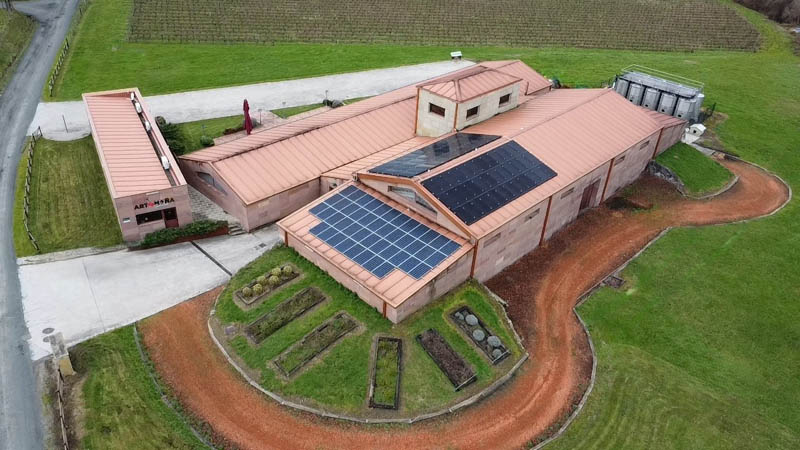
A Label That Matters
This milestone reinforces the Alava winery’s commitment to the continuous improvement of its processes, in line with European policies to promote a more sustainable wine sector and a society increasingly aware of environmental challenges.
The Enviroscore label not only guarantees transparency of information for consumers, but also acts as a strategic bridge between Artomaña Txakolina’s practices and EU sustainability standards. Having the logo on its bottles not only validates its environmental excellence, but also increases its attractiveness in global markets where sustainability has become a key purchasing criterion.
